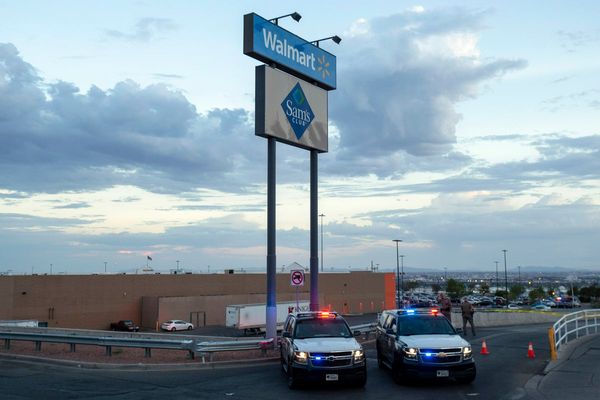
All lunar landing attempts — even missions such as this with no humans on board — bring with them an element of risk and awe. Success is not guaranteed. Overall, more than half of all lunar landing attempts have ended in failure — tough odds for a feat humanity first pulled off nearly 60 years ago. While technology has advanced in the past five decades, the fundamental challenges of landing on the moon remain the same. Here’s what Blue Ghost has had to overcome — and what it has yet to face.
The sheer distance: It’s roughly a quarter-of-a-million-mile (402,000-kilometer) journey from Earth to the moon. If you could drive a car to the moon at a constant speed of 60 miles per hour (97 kilometers per hour), it would take more than five months.



The tricky lunar terrain: The moon is covered in dead volcanoes and deep craters, making it difficult to find flat landing zones. Without the assistance of human eyes inside the spacecraft, modern-day robotic lunar landers use cameras, computers, and sensors equipped with software and artificial intelligence to safely find their landing spots — and avoid boulders and craters — during the final descent. And even humans in mission control rooms back on Earth can’t help the spacecraft in those final, critical seconds before touchdown.







